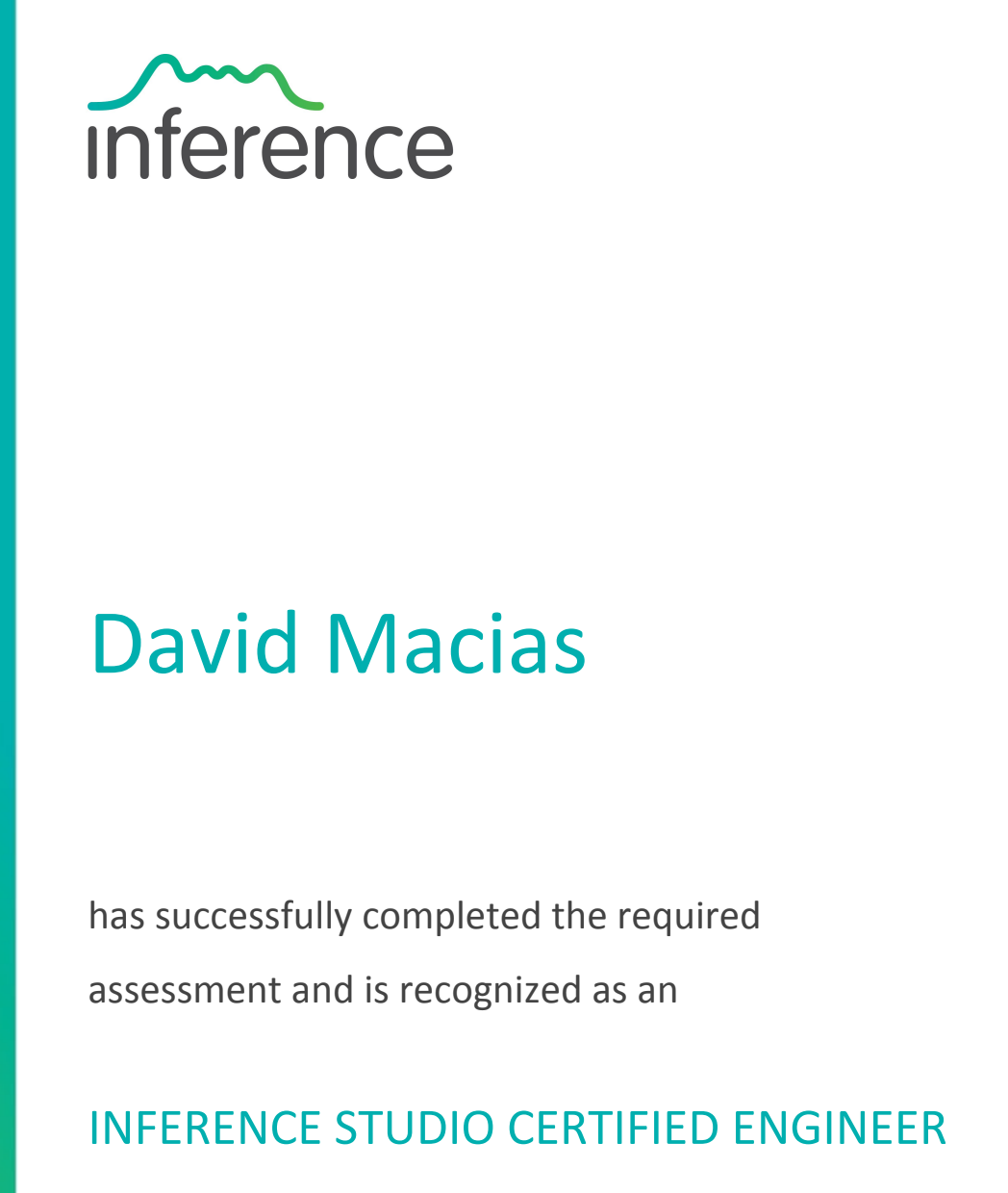If you’ve been paying attention to the contact center world you would have noticed the rise of virtual agents. The term is a bit broad and confusing to be honest, but here’s my take on it. Virtual agents are just a rebranding of self service with a lot more personality and capabilities. For example, you could always make a payment online, but before the flow was:
- For account information press 1. “1”
- Please enter your account number. “1234”
- To hear your balance press 1. “1”
- To make a payment press 1. “1”
Now with virtual agents the flow is a lot more flexible:
- What would you like to do? “I want to a pay my account.”
- What’s your account number? “1234”
- Would you like to pay your account in full? “yes”
Now with the rise of virtual agent services you can use speech, TTS, send out an SMS, process a credit card and integrate with a backend all within the same platform and under the same cost. The rise of these agents aligns perfectly with the proliferation of AI services such as DialogFlow, AWS Comprehend, and even MindMeld (RIP) which have removed a lot of the complexity in delving in to AI/Machine Learning. Additionally, the XaaS model where you don’t have to buy the cow, care for it, feed it. All you do is rent it when you want some milk.
The other huge benefit a lot of these virtual agents tout is the ability to be multichannel out of the box. You no longer have to build parallel logic for voice and SMS. You now have a single place for all your logic and can go to Facebook messenger or WhatsApp. While this is partially true, the customer experience across different channels does need to change and the reality is that you should be building semi-parallel logic depending on your channel.
Ultimately, I’ve started dabbling in this space and got my Inference certification. I’m looking forward to getting more and more exposure with this technology and get a deeper understanding how it really augments the contact center world I know and love.
~david
